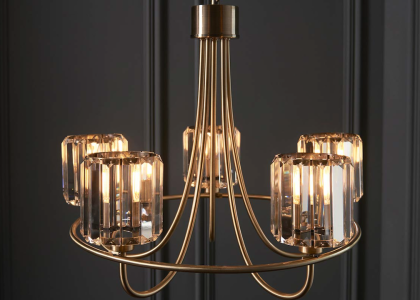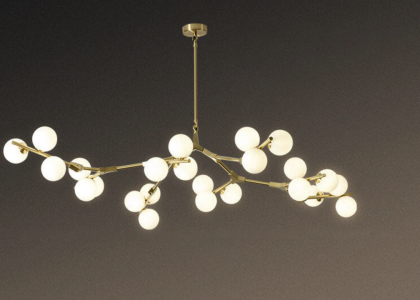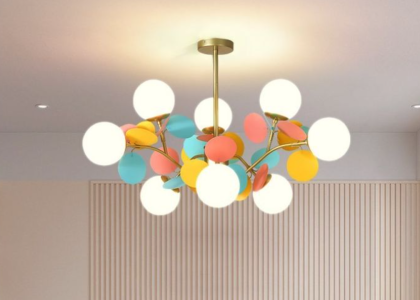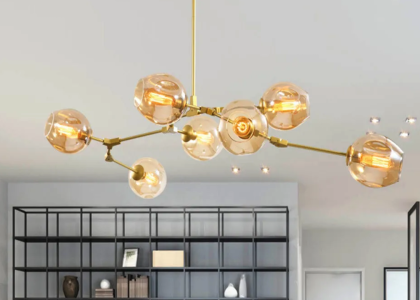Introduction
Architect ceiling design plays a significant role in creating a stunning visual impact in any building, be it commercial or residential. The ceiling is one of the most overlooked elements of design, yet it is one of the most critical components in creating a unique space. A well-designed ceiling not only enhances the aesthetics of the space, but it can also contribute to the acoustic performance, lighting, and air circulation of a room. In this article, we will explore the artistry of architect ceiling design, looking at different styles, materials, and techniques used by architects across the world.
Styles of Architect Ceiling Design
Architects use different styles of ceiling design to create various effects. Some popular styles include:
1. Tray Ceiling
A tray ceiling is a recessed ceiling that features a central panel surrounded by a series of stepped levels. It creates an illusion of depth and height and is often used in dining rooms and bedrooms.
2. Coffered Ceiling
A coffered ceiling is a grid of recessed panels framed by beams. It adds a sense of grandeur to a room and is popular in formal dining rooms and living rooms.
3. Vaulted Ceiling
A vaulted ceiling is an arched or curved ceiling that slopes upwards on both sides, creating a sense of grandeur and spaciousness. It is popular in churches and cathedral-like spaces.
Materials Used in Architect Ceiling Design
Architects employ a wide range of materials to design ceilings, from traditional to modern. The choice of material depends on the style, aesthetics, and function of the space. Some popular materials include:
1. Wood
Wood is a traditional material used in ceiling design, as it adds warmth and texture to a room. It can be stained or painted to match the décor of the space.
2. Metal
Metal, primarily tin, stainless steel, and copper, is a popular choice for modern ceiling design. Metal ceiling tiles can be decorative or plain and can be used as a cladding or suspended ceiling.
3. Acoustic Panels
Acoustic panels are used to improve the acoustic performance of a room. They are made of fiberglass or other sound-absorbing materials and can be covered with fabric or other decorative finishes.
Techniques Used in Architect Ceiling Design
Architects use various techniques to create unique and stunning ceilings, from intricate patterns to lighting effects. Some popular techniques include:
1. Molding
Molding is a decorative technique used to add depth and texture to a ceiling. Molding can be used to frame a ceiling, create patterns, or add texture to a flat ceiling.
2. Lighting
Lighting is an essential component of ceiling design, as it can create different moods and enhance the aesthetics of a space. From recessed lighting to pendant lights, architects use a variety of lighting techniques to create unique effects.
3. Murals
Murals are painted directly onto a ceiling, adding a unique and artistic touch to a space. From historical scenes to abstract designs, murals can be customized to match the style and décor of a room.





